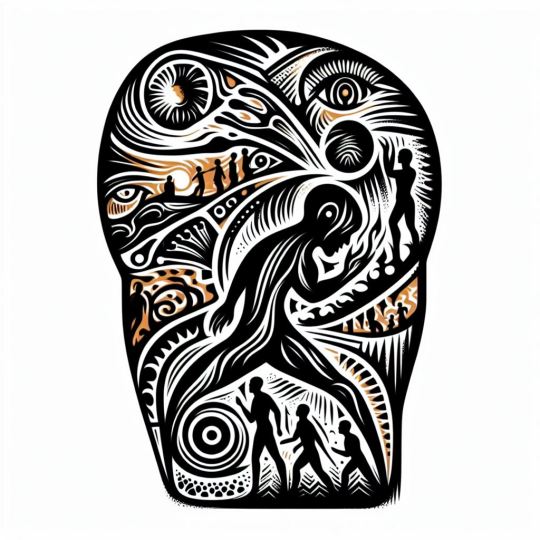#neolithic art
Text

Marble female figurine, Cycladic Islands (Greece), 4500-4000 BC
from The Metropolitan Museum of Art
81 notes
·
View notes
Text
Sometimes when I'm bored I just go out and read Wikipedia.
Today, I was in the midst of a deep dive into neolithic structures and art when I came across a mention of an artistic motif called a "cup and ring mark" and naturally I was curious.

Here's one gorgeous example: the Perda Pinta ("Painted stone") from Sardinia (photo from Wikipedia.)
I thought "that looks familiar..."

While the concentric rings in this case appear to be raked, as in a rock garden, this is not the only surface we see the same design on. It also appears on the underside of the pillars that let Link ascend out of the depths and on the metallic floors and ceilings in shrines, which, incidentally, appear to be made from bronze.
The cup-and-ring marks also date back to the Bronze Age. Given that bronze is also used in the Zonai shrines and possibly in Zonai devices, I think the Zonai were either inspired by or intended to be a Bronze Age culture. Which is fascinating, as they are also a very advanced society--advanced enough to create constructs that have lasted until the current era in Hyrule and smooth stones almost perfectly while balancing them with the widest sections uppermost.
I could even argue that the Sheikah golden age when the Divine Beasts were created could be an Iron Age to the Zonai Bronze Age, though that is on much flimsier grounds.
Just some interesting ideas to swirl around.
#tears of the kingdom theory#legend of zelda theory#tears of the kingdom spoilers#neolithic art#cup and ring mark#bronze age
13 notes
·
View notes
Text

Neolithic Aegean Marble Idol, 5th—4th millennium BC
2 notes
·
View notes
Text
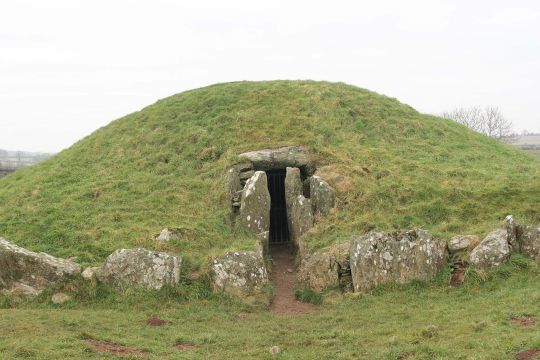
3 notes
·
View notes
Text
The oldest story in the Near East*... is about a dude jacking off in front of a pair of hungry leopards.
*ETA: the above and other sources imply this is the oldest known narrative in the world, but the original paper refers to it as the oldest in the region.
3 notes
·
View notes
Text
5,000-Year-Old Drum Discovered in Britain

A Stonehenge-era chalk drum is the "most important piece of prehistoric art to be found in Britain in the last 100 years," according to the British Museum. The 5,000-year-old drum, discovered within an ancient children's burial site, is going on display for the first time. It will be unveiled, six years after its discovery, as part of the "World of Stonehenge" exhibition at the British Museum.
The drum was found on a country estate near the village of Burton Agnes in East Yorkshire, England in 2015 when a routine excavation had to be carried out so the owners could erect a structure. During the routine excavation, a team of archaeologists with the independent company Allen Archaeology found an ancient burial site. Within the burial site were the remains of three children, aged 3 to 12, whose bones had been intertwined for millennia.
"They were cuddling," according to Mark Allen, the founder of Allen Archaeology. The drum was placed above the head of the eldest child, along with a chalk ball and a polished bone pin. Archeologists do not believe the drum was used as a musical instrument despite the name. It was more likely a piece of sculptural art, a talisman, or, perhaps, a toy for the children. The grave is a rare find, because ancient people in Neolithic Britain would usually leave bodies for cremation or to be eaten by crows.
And the drum is so significant because it is "one of the most elaborately decorated objects of this period found anywhere in Britain and Ireland," the British Museum said. The carvings on the drum, which show spirals and triangles, feature a "butterfly" motif. They are artistically similar to other objects found at Neolithic sites in Scotland and Ireland, Wilkin said, suggesting that prehistoric communities were in communication with each other despite significant geographical distances.
"This drum is particularly intriguing, because it basically encompasses a sort of artistic language that we see throughout the British Isles at this time, and we're talking 5,000 years ago," project curator Jennifer Wexler said. The discovery comes more than 100 years since the unearthing of the Folkton Drums. Three similar chalk drums were found in the village of Folkton -- around 15 miles from Burton Agnes -- in 1889. "We've been waiting for over 100 years for another one of these amazing objects to come up, and for it to come up with children -- again -- is astonishing," Wilkin said.
14 notes
·
View notes
Text
On the blog for #WorldGiraffeDay: The Dabous Giraffes
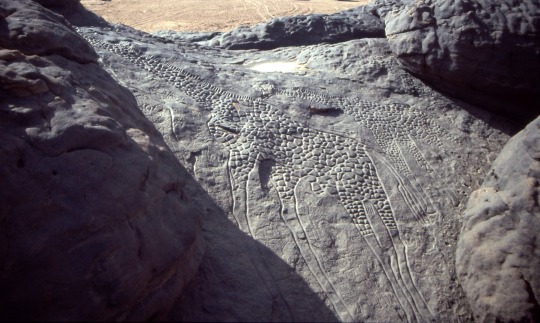
The Dabous Giraffes (on-site photo)
These two life-size giraffe petroglyphs are the largest known animal carvings in the world! They are found in Africa the Aïr Massif region of the Sahara Desert in modern-day Niger, and have been dated to the Neolithic c. 6000-8000 BCE., during the lusher African Humid Period. More info here:
#Dabous Giraffes#African art#rock art#petroglyph#Neolithic art#African Humid Period#ancient art#prehistoric art#giraffe#giraffes#World Giraffe Day#animal holiday#blog post
0 notes
Text



A bigger decorative piece with cave painting handprints. River pebble and tempera
#miniature#painted stones#rock painting#cave art#rock art#pebbles#painted rocks#minerals#handprints#painted miniatures#neolithic#paleolithic#my art
2K notes
·
View notes
Text


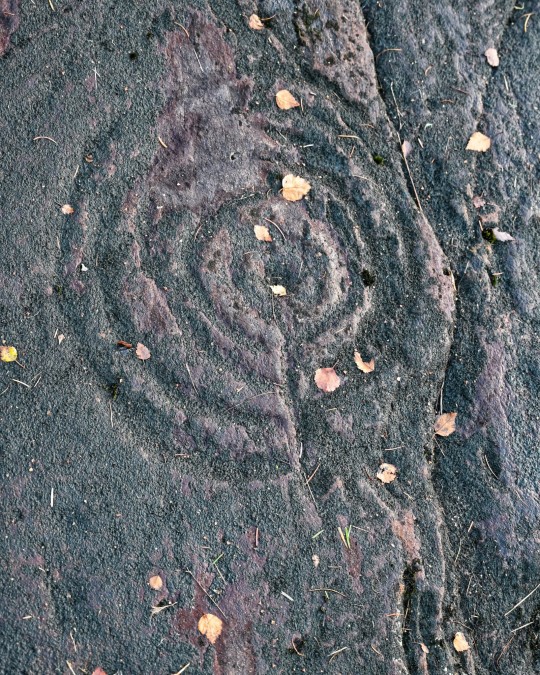
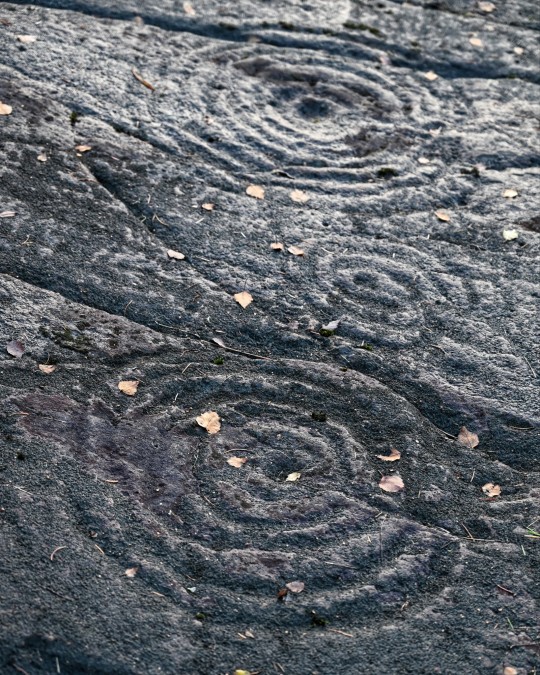
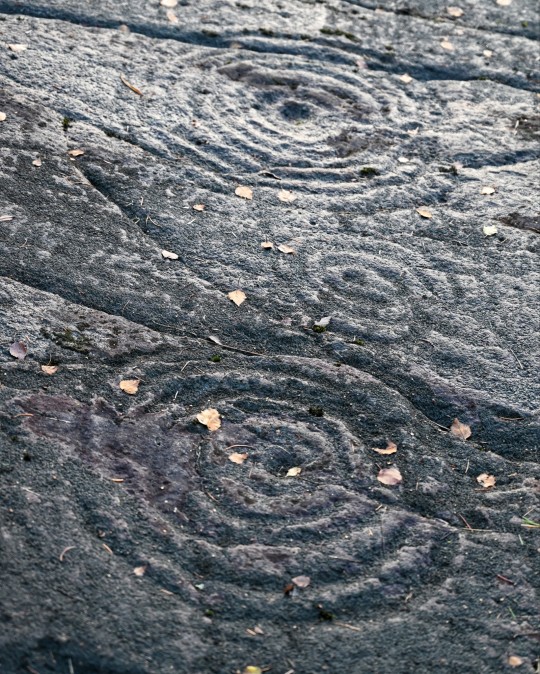



Achnabreck Prehistoric Rock Art Panels, nr. Lochgilphead, Argyll, Scotland
#ice age#stone age#bronze age#copper age#iron age#neolithic#mesolithic#calcholithic#paleolithic#prehistoric#prehistory#cup and ring#rock art#archaeology#landscape#ancient craft#ancient sites#ancient cultures
1K notes
·
View notes
Text

Cave Art of Banging, Algeria, c. 7000 BCE
1K notes
·
View notes
Text


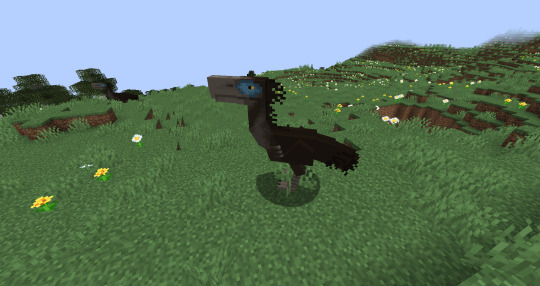
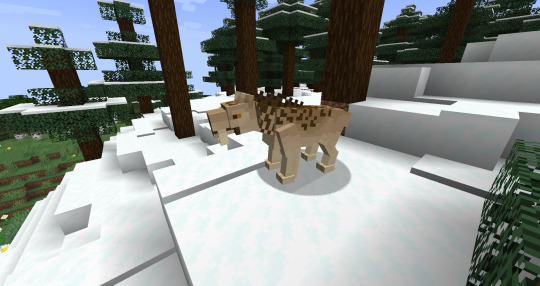
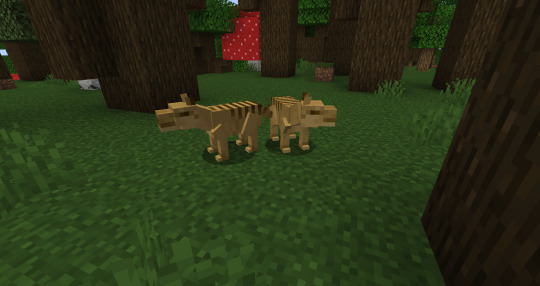

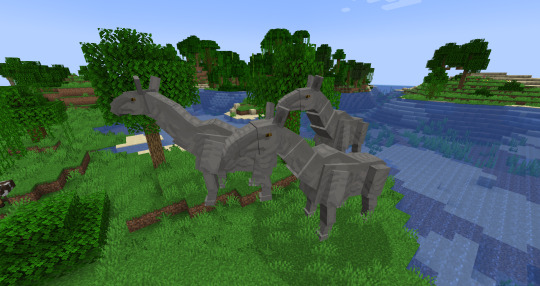
little snapshots of a mod i have been working on for a few days, cenozoicraft, understandably based around adding cenozoic animals to the minecraft world along with neolithic tools. its heavily based around hunting and utilizing animal parts. most of what is here is tamable and rideable with fun little taming mechanics, so dont expect to be able to waltz up to a smilodon. more to come soon
#there are a few effects i havent shown here besides from the ''hunters vision'' in the first one. still a prototype but the general idea#anyways i am pretty proud of what i have accomplished so far. everything here has and will have unique mechanics and ai. i am excited#on the bucketlist: mammoths! finishing up the mammoth steppe and arctic biomes. enchantments that assist in hunting#predator ai needs some work. neanderthals are on the list as well. several sets of armor and curios are planned#and of course many#many animals#and many decorative blocks#minecraft#blockbench#mcreator#modded minecraft#cenozoic#paleo#paleoart#paleontology#neolithic#cenozoicraft#rorys art
238 notes
·
View notes
Text
Prehistoric Mirrors from Turkey, c.6000 BCE: these are the oldest manufactured mirrors in the world, dating back about 8,000 years; they were meticulously crafted from pieces of obsidian

Two of the obsidian mirrors from Çatalhöyük (Turkey); this pair was found buried together back in 2012
At least eight of these obsidian mirrors have been found at Çatalhöyük, a Neolithic site located in Turkey. All of these mirrors date back about 8,000 years, and each one was crafted from a chunk of obsidian (volcanic glass) that was knapped into the shape of a disc and then meticulously polished with progressively finer abrasives until a smooth, slightly convex surface had been developed. Some of these mirrors can still produce remarkably clear reflections.
Sources & More Info:
The Archaeologist: World's Oldest Mirrors Found at Neolithic Çatalhöyük Site
Çatalhöyük Research Project: Archive Report from 2012 (PDF download)
Çatalhöyük Research Project: Main Website
The Past: Cyber Archaeology, How 3D Modeling is Unpeeling the Neolithic at Çatalhöyük
#archaeology#artifact#anthropology#neolithic#prehistoric#neolithic mirrors#anatolia#turkey#Çatalhöyük#human history#obsidian#volcanic glass#crafting#art#prehistoric art#human nature
626 notes
·
View notes
Text
#i got polls#Stone age#no science just vibes#cave art#paleolithic#Neolithic#neanderthal#archaeology#archeology
1K notes
·
View notes
Text

Marble female figurine, Cyclades Islands (Greece), 4500-4000 BC
from The Metropolitan Museum of Art
274 notes
·
View notes
